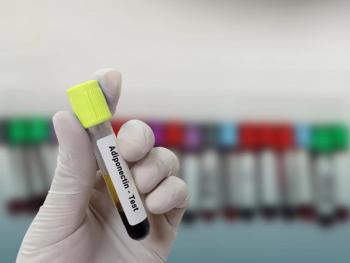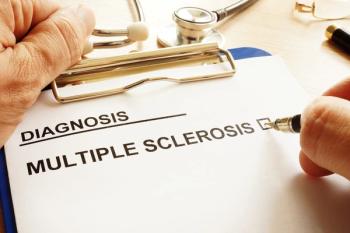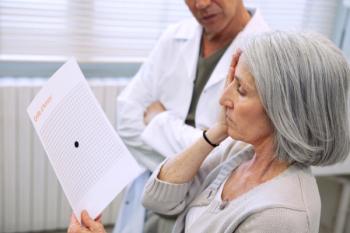
Modeling COVID-19 Immunity and Vaccination Impact
This research investigated averted hospitalizations in Oregon and Washington, which had greater than 75% uptake of at least 1 dose of an mRNA-based COVID vaccine.
Mia Moore, PhD, staff scientist and mathematical modeler at Fred Hutch Cancer Center, is first author of the poster, “Estimating Population Immunity and Impact of COVID-19 Vaccination in Washington and Oregon,” presented at
This transcript has been lightly edited for clarity; captions were auto-generated.
Transcript
How might COVID-19 vaccination efficacy influence future strategies, especially for indirect benefits?
We don't know how big of an impact it's going to have, but it's going to be, hopefully, part of advocacy in favor of continuing to recommend vaccination against respiratory diseases for all individuals, including those who are not at high risk of severe outcomes. We focus primarily on COVID, but there are going to be new respiratory epidemics. We have the flu and RSV [respiratory syncytial virus] and COVID, that are all kind of happening and overlapping right now, and in general, flu vaccine uptake isn't that high. Hopefully what we'll see is that in a post-COVID world, the uptake of all of these other vaccines among individuals between 18 and 64 who may not have previously thought about getting a flu vaccine, will start to do it. It's going to be helpful for that to be recommended, and also for us to have hard numbers to say just how effective it can be when individuals do this.
With strong vaccine efficacy against hospitalization, what should future research focus on to improve booster uptake and increase protection against new variants?
The natural follow on from this is to use our model or for others to use similar models in order to look ahead and say, what is the difference when you vaccinate or you provide boosters to individuals in certain age groups vs not, and then comparing to see how the hospitalization rates differ. Modeling was used in order to make a recommendation around the use of the boosters, the newer boosters, and an estimate of how many deaths were averted. This was done by the FDA in order to recommend updating the boosters, and so hopefully we'll see something like this.
We do have a follow-up to this work that we want to do. It's a question of whether or not we can prioritize it with what our funders need. Yes, we do have a follow-up where we want to look at the impact of boosting. I think what's most important is that this work continues to get funded, if not for us, then for one of the many research groups that sprung up during COVID.
Newsletter
Stay ahead of policy, cost, and value—subscribe to AJMC for expert insights at the intersection of clinical care and health economics.













































